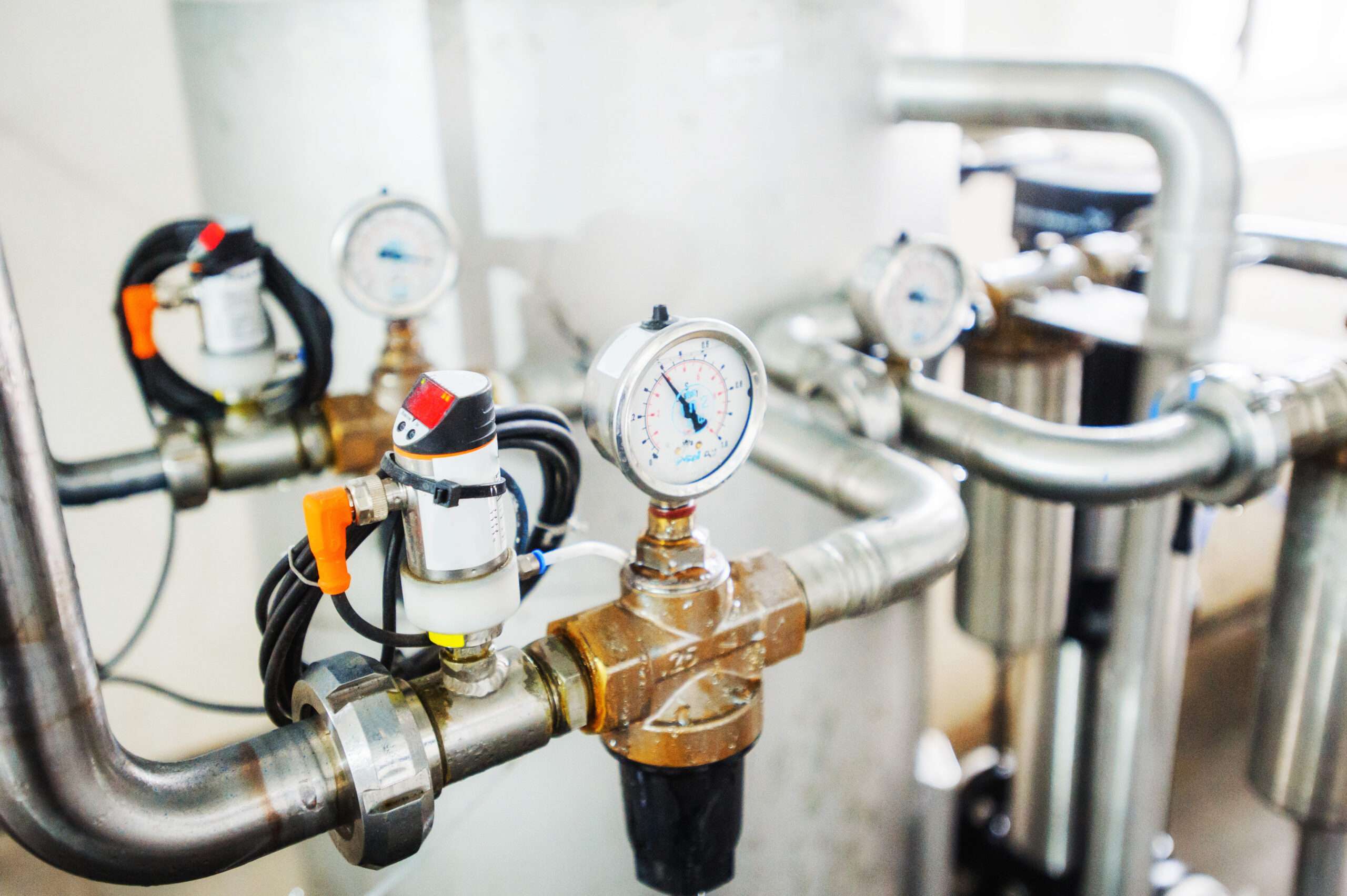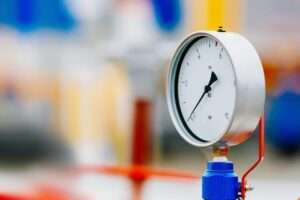
Gas sensor can identify the presence of gases in a given space. It is utilized for safety considerations. In order to shut down machinery or to trigger alarm systems as precautionary measures. Thus, employed to assess gas concentrations and identify explosives.
Different types of gases, such as combustible, volatile, and poisonous gases, are monitored using gas detectors. It can be used to find gas leaks in manufacturing units and industries. Also, to detect smoke and carbon monoxide in residential buildings. With a wide range of sizes, sensing capabilities, and ranges. They are frequently a component of larger embedded systems, such as security and hazmat systems.
HOW DOES IT FUNCTION?
The sensor responds to a calibrated gas and acts as a point or scale. As it measures a specific gas concentration. However, the alert will sound as soon as the gas concentration rises above the sensor’s calibrated level.

Gas sensor are typically used either for the detection or in the prevention of dangerous gas leaks, toxic chemical detection, and process control. Sensors are therefore made of semiconductors and catalysts that are placed for detection.
There are many different applications in terms of health and safety in both households and businesses.
A standard gas sensor contains 6 terminals. Among them 4 (A, A, B, B) are used for input or output. While the other 2 (H, H) are used to heat the coil. These 4 terminals have two from each side that can be used as input or output.
Basically, it has a module of 4 connections.
A gas sensor’s output will be very low hence an extra circuit can be used. It helps to convert the sensor’s output to a digital high-low signal. A comparator (LM393), a movable potentiometer, some resistors, and capacitors are utilized for this. Similarly, it’s job is to obtain the sensor’s output and comparing it to a reference voltage. While the potentiometer’s function is to determine the necessary gas limit value.
There are numerous types of gas sensors according to the types of detecting element. The functions can be determined on the basis of sensitivity, selectivity, detection limit, responsiveness, and recovery times of sensor types. Below is a list of some of the most known sensors.
Electrochemical
Electrochemical sensors determine the concentration of target gas. It is detected while oxidizing or reducing the gas. Oxygen and hazardous gases can be detected with these kinds of gas sensors. The three main categories of electrochemical sensors are Galvanic, voltaic, and electrolytic sensors.
Catalytic bead
The catalytic bead sensor is made up of two coils of fine platinum wire. Each is implanted in an alumina bead. One alumina bead is treated to suppress oxidation. While the other is used to induce oxidation. This sensor is the most typical form of the sensor. Above all, they are used for identifying and measuring flammable gases. They include methane, propane, and hydrogen.
NDIR (non-diffuse infrared) Gas Sensor
The four parts that make the sensor are; sample chamber, NIR optical filter, detector, NIR light source. Despite being restricted to polar gases, these sensors have a quick response time and good sensitivity. They are selective to interfering substances by using multichannel sensors.
Low Infrared
Low Infrared sensors helps in accessing the gases. By calculating the amount of emitted light that is absorbed. These kinds of gas sensors are utilized to find carbon dioxide and flammable gases when there is no oxygen present.
Each sensor has unique qualities and capacities. For the same sort of gas, sensor manufacturers create dozens of distinct sensors. Different sensors are used by gas detector companies for various instruments. Here are some Considerations for sensor selection:
ESP- SAFETY focuses on integrity with innovation when it comes to offering services. It is into pig detection, safety equipment, particle detection, etc. Working on a large scale never makes them degrade the quality of equipment as well as services. Therefore, choosing ESP- SAFETY can be one of the wisest choices when it comes to sensors of gas.